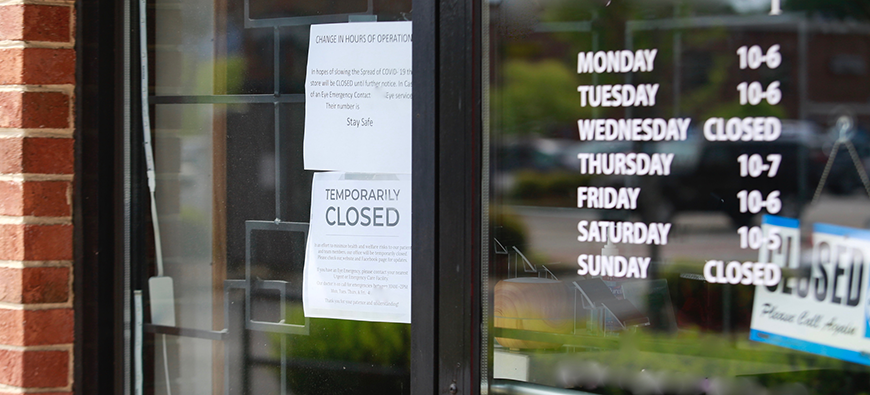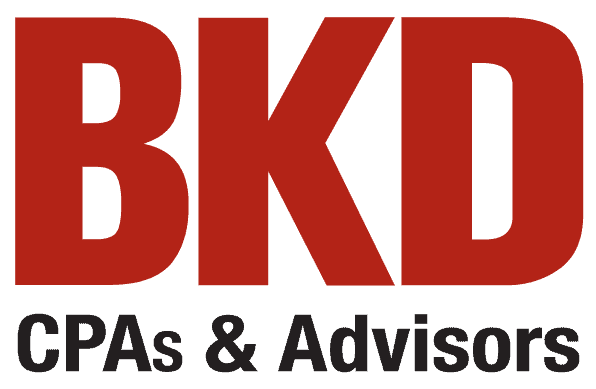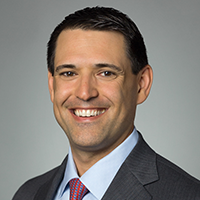
Community Risks That Community Banks Should Address
Brought to you by BKD, LLP

States and counties are starting to reopen after a prolonged period of sheltering in place due to the Covid-19 pandemic.
Many community banks that function as the primary lenders to small businesses in the rural Midwest have yet to see a significant negative financial impact because of the shutdown. In fact, many community banks stand to receive significant loan origination fees from the U.S. Small Business Administration for participating in the Paycheck Protection Program. They’re also flush with cash, report the community bank CEOs I’ve asked, as many borrowers haven’t used their PPP loan funds and consumers have been holding their stimulus payments in their checking accounts.
But just because things look stable from a financial perspective doesn’t mean there isn’t risk in your community and to your bank. Let’s take a brief look at some issues community banks should be monitoring today:
Increasing personal debt caused by prolonged unemployment. Unemployed Americans received an unprecedented amount of unemployment benefits that for the most part ended on July 31, 2020. What are Americans doing now? Some furloughed employees have been recalled, but others weren’t. When income is scarce, the use of credit cards, overdraft protection, and personal loans increases. What is your bank doing to monitor the increasing financial pressure of your individual borrowers and account holders?
Delayed business closures. Small businesses without a significant online presence are finding it difficult to operate in this new environment. “Nonessential” small businesses survived the shutdown by using government funds, furloughing employees, drawing on credit lines, or using personal savings. The lost sales may not have been deferred to a later date. Instead, they are truly lost and won’t be recaptured. Without a fast and heavy recovery for small businesses, they may be forced to close and may not be able to support their current debt load. How is your bank monitoring the performance of your small business customer?
Reduced need for office and retail space. With the increase in employees working remotely, especially at businesses that typically use commercial office space, the perceived need for office space is declining. Once a lease term expires, community banks should expect some commercial borrowers to experience reduced rental income as tenants negotiate for less square footage or overall lower rates. Are you tracking the going rate for rent per square foot in your market?
Increased fraud risk. When people experience all three sides of the fraud triangle (rationalization, opportunity, and pressure), they’re more likely to commit fraud. Identification of the fraud can be significantly delayed. A bookkeeping employee whose spouse has been laid off can rationalize the need for the company’s money, has the opportunity to take it, and feels the financial pressure to use it for personal needs. This person may be able to cover it for a short time; but, covering it becomes more difficult as it grows. That can happen within the bank or at any of your commercial borrowers.
Community banks have yet to see a dramatic increase in past dues or downgrades in loan ratings; it’s likely too early to see the financial stress. Several community banks are adding earmarked reserves to the allowance for loan losses in each loan category as “Covid-related.” However, community banks should carefully evaluate loans that were “on the bubble” prior to the shutdown, were granted some form of deferral by the bank, or are in certain industries like hospitality. Interagency guidelines permit banks to not account for these loans as troubled debt restructures (TDR) if they meet certain criteria, but banks are still responsible for maintaining a proper allowance. A loan in deferral may need an increased reserve, even if it isn’t accounted for as a TDR. The time it takes for that stress to show (called “loss emergence period” in accounting) is longer than many think.
Two other significant financial impacts to banks relate to overdraft fees and interchange fees. As spending decreased, so did overdrafts and associated fee income. And without the discretionary debit card swipes, interchange fees fell significantly as well.
How much of the above information will you use as you prepare the 2021 budgets this fall? What will your baseline for 2021 be: 2019 or 2020? Regardless, assess the risks to the bank and plan accordingly.
This article is for general information purposes only and is not to be considered as legal advice. This information was written by qualified, experienced BKD professionals, but applying this information to your particular situation requires careful consideration of your specific facts and circumstances. Consult your BKD advisor or legal counsel before acting on any matter covered in this update.


